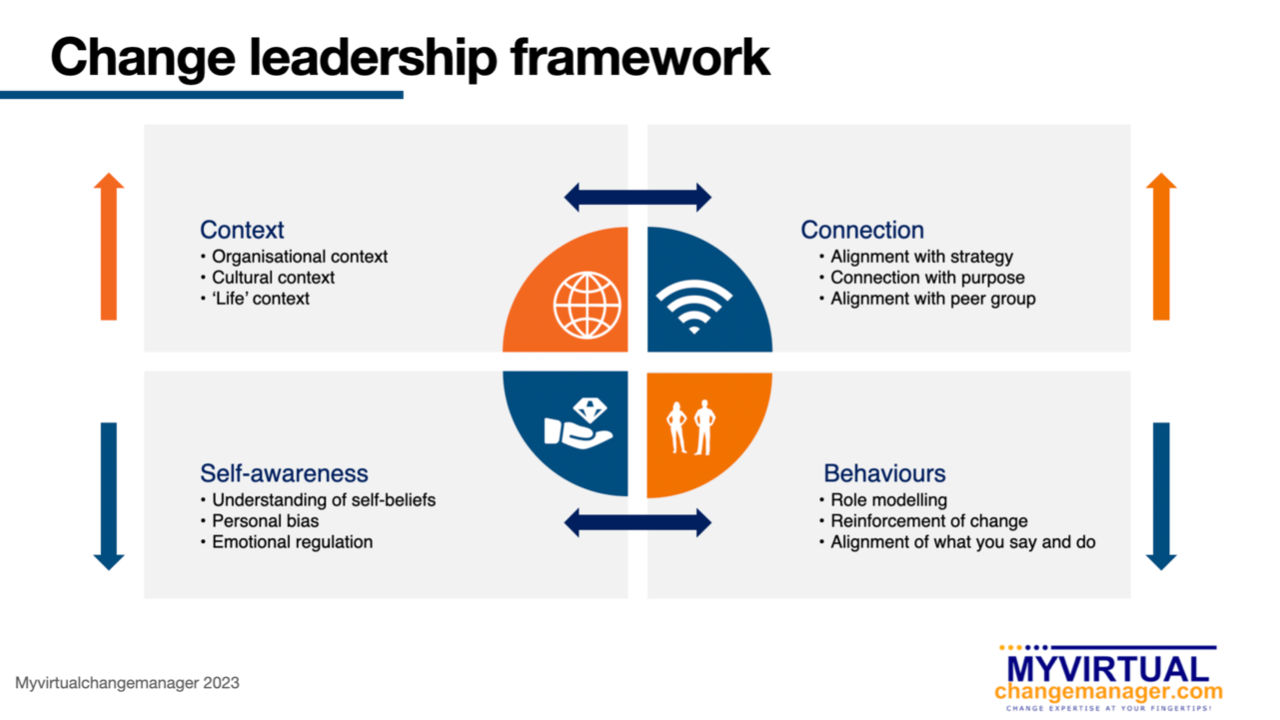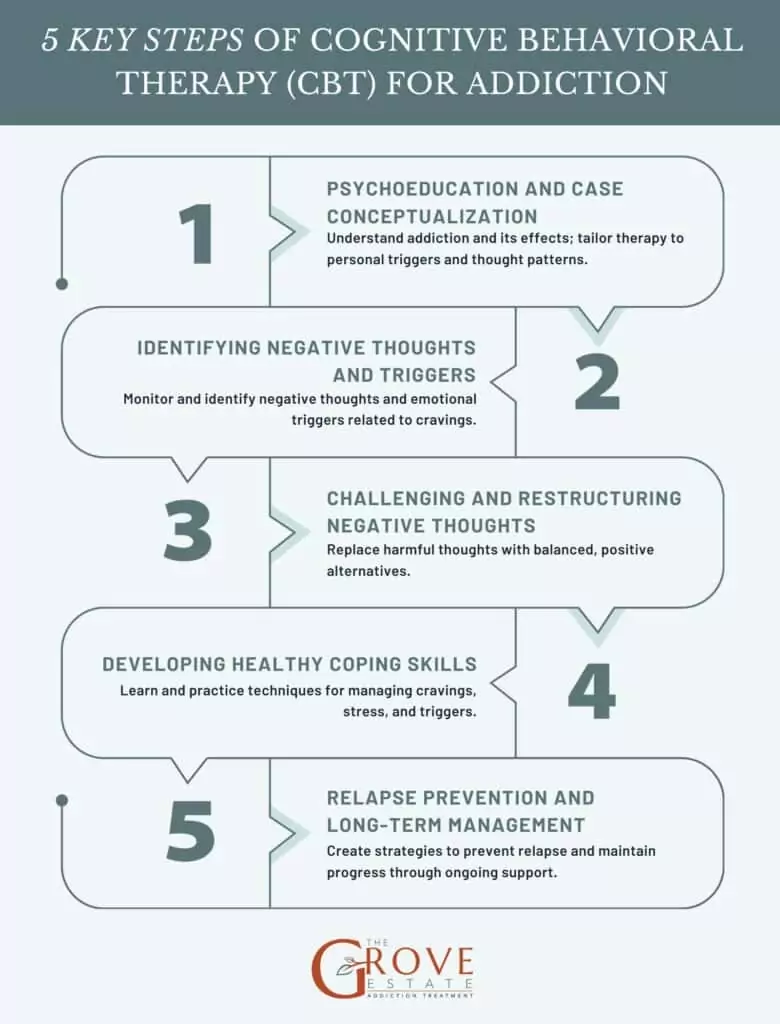Did you know that over 90% of traders admit to making decisions based on emotions rather than logic? In the world of trading, emotional biases can significantly impact your decision-making, often leading to costly mistakes. This article dives into strategies that help you recognize and overcome these biases. You'll learn how to identify your emotional triggers, understand common biases affecting your choices, and discover practical steps to cultivate mindfulness and self-awareness. Additionally, we will explore the benefits of journaling, seeking feedback, and employing cognitive behavioral strategies to enhance your emotional clarity. With insights on fostering objective thinking, emotional intelligence, and rational decision-making, this guide from DayTradingBusiness equips you with valuable tools to detach emotions from your trading processes.
How can I identify my emotional biases?
To identify your emotional biases, pay attention to recurring reactions or judgments that feel automatic or intense. Notice patterns when you feel anger, fear, or favoritism, especially if they influence your decisions or opinions. Reflect on moments where your emotions override logic—ask yourself why you reacted that way. Keep a journal to track emotional triggers and analyze if your feelings distort your perspective. Talk with trusted friends or a therapist to gain insight into biases you might overlook.
What are common emotional biases that affect decision-making?
Common emotional biases in decision-making include overconfidence, optimism bias, loss aversion, and emotional reasoning. These biases lead you to overestimate your abilities, expect the best, fear losses more than value gains, or let feelings drive choices instead of facts. Recognizing these biases is the first step to overcoming them.
How does emotional bias influence everyday choices?
Emotional bias skews decisions by making feelings override logic, leading to impulsive choices or sticking with familiar options. Strategies like taking a step back to analyze facts, seeking outside opinions, and practicing mindfulness reduce emotional influence. Recognizing triggers, setting clear goals, and delaying decisions help you stay objective. For example, avoiding impulsive purchases when emotional and instead comparing options calmly prevents regrets.
What practical steps can I take to reduce emotional bias?
To reduce emotional bias, recognize your feelings during decision-making. Practice mindfulness to stay aware of emotional triggers. Wait before acting—pause to evaluate facts objectively. Seek diverse perspectives to challenge your assumptions. Keep a decision journal to track emotional influences. Develop critical thinking skills to question emotional reactions. Limit emotional reactions by focusing on evidence, not intuition. Regularly reflect on past biases to improve awareness.
How can mindfulness help overcome emotional biases?
Mindfulness helps overcome emotional biases by making you aware of automatic emotional reactions, allowing you to pause and choose a rational response. It trains you to observe your feelings without judgment, reducing impulsive decisions driven by bias. Practicing mindfulness increases emotional regulation, helping you see situations clearly instead of through biased lenses. For example, noticing anger during a disagreement can prevent snap judgments, leading to more balanced reactions. Overall, mindfulness sharpens self-awareness, making it easier to recognize and correct emotional biases before they influence your choices.
What role does self-awareness play in managing emotional biases?

Self-awareness helps identify emotional biases by making you recognize your feelings and thought patterns. When you're aware of your emotional reactions, you can question their influence on decisions instead of acting impulsively. It allows you to pause, reflect, and choose more rational responses. For example, noticing anger during a conflict helps prevent knee-jerk reactions that cloud judgment. Developing self-awareness through mindfulness or journaling keeps biases in check, leading to clearer, more balanced thinking.
How can journaling improve emotional clarity?
Journaling helps clarify emotions by forcing you to put feelings into words, revealing patterns and biases. Writing regularly uncovers hidden triggers, making biases easier to identify and challenge. It creates a safe space to process emotions without judgment, reducing impulsive reactions. By tracking thoughts over time, you gain perspective, helping you see past emotional distortions. Journaling also promotes self-awareness, enabling you to recognize biases shaping your perceptions and decisions.
Are there specific techniques to challenge emotional biases?
Yes, techniques like mindfulness help by increasing awareness of emotional reactions. Cognitive restructuring challenges biased thoughts by examining evidence and alternative perspectives. Practicing emotional regulation, such as deep breathing, reduces impulsive responses. Journaling your feelings can reveal patterns and bias triggers. Additionally, seeking diverse viewpoints broadens understanding and counters personal biases. These strategies promote rational thinking and emotional balance.
How do cognitive behavioral strategies help with emotional biases?

Cognitive behavioral strategies help identify and challenge distorted thinking patterns that fuel emotional biases. They teach you to recognize automatic emotional reactions, question their validity, and replace them with balanced thoughts. For example, if you feel anger during a disagreement, CBT helps you analyze whether your reaction is based on facts or assumptions, reducing impulsive emotional responses. These strategies improve emotional regulation, enabling clearer decision-making and healthier relationships.
Can seeking feedback reduce emotional biases?
Yes, seeking feedback helps reduce emotional biases by providing an external perspective, challenging your assumptions, and highlighting blind spots. It encourages objective reflection, balancing emotions with factual insights, and prevents personal feelings from clouding judgment. Regular feedback from others can expose hidden biases, making decision-making more rational and less emotionally driven.
What habits promote objective thinking over emotional reactions?
Practicing mindfulness helps you recognize emotions before reacting. Asking yourself logical questions, like "Is this feeling based on fact or assumption?" reduces emotional bias. Gathering facts before making decisions keeps emotions in check. Taking a pause or deep breath gives space to think clearly. Challenging your assumptions with alternative viewpoints prevents emotional overreach. Regular reflection on past reactions shows patterns and improves objectivity.
How does emotional intelligence help control biases?
Emotional intelligence helps control biases by making you aware of your own emotions and how they influence your judgments. It allows you to recognize when your feelings cloud objectivity, so you can pause and rethink. By understanding others' perspectives, emotional intelligence reduces stereotypes and snap judgments. It fosters empathy, helping you see beyond personal feelings and biases. Overall, it promotes self-awareness and regulation, preventing emotional reactions from skewing decisions.
What role does rational thinking play in overcoming emotional biases?

Rational thinking helps by providing logical analysis that counters emotional reactions, allowing you to see situations clearly instead of through biased feelings. It breaks the cycle of impulsive decisions driven by emotions, grounding choices in facts and evidence. By questioning assumptions and considering alternative perspectives, rational thinking diminishes the influence of emotional biases like fear or overconfidence. It acts as a mental filter, preventing emotions from skewing judgment and enabling more balanced, objective decisions.
How can meditation assist in minimizing emotional influence?
Meditation helps reduce emotional influence by calming the mind and increasing awareness of emotional triggers. It trains you to observe emotions without reacting impulsively, creating mental space to choose responses. Regular practice strengthens emotional resilience, making biases less likely to dominate decisions. By fostering mindfulness, meditation helps you detach from automatic emotional reactions, leading to clearer, more balanced thinking.
What are effective ways to detach emotions from decision processes?
To detach emotions from decision-making, practice mindfulness to stay present and recognize emotional triggers. Use data and facts instead of gut feelings, and pause before acting to evaluate objectively. Set clear criteria for decisions, minimizing impulsive reactions. Take a break to gain perspective, and seek input from others to challenge emotional biases. Keep a decision journal to identify patterns of emotional influence and adjust accordingly.
Conclusion about What Strategies Help Overcome Emotional Biases?
In trading, overcoming emotional biases is crucial for making sound decisions and achieving long-term success. By identifying common biases and implementing practical strategies like mindfulness, journaling, and cognitive behavioral techniques, traders can enhance their self-awareness and improve emotional clarity. Seeking feedback and fostering emotional intelligence further aids in promoting objective thinking. For those looking to refine their trading strategies and mitigate emotional influences, DayTradingBusiness offers valuable insights and resources to navigate the complexities of emotional decision-making effectively.